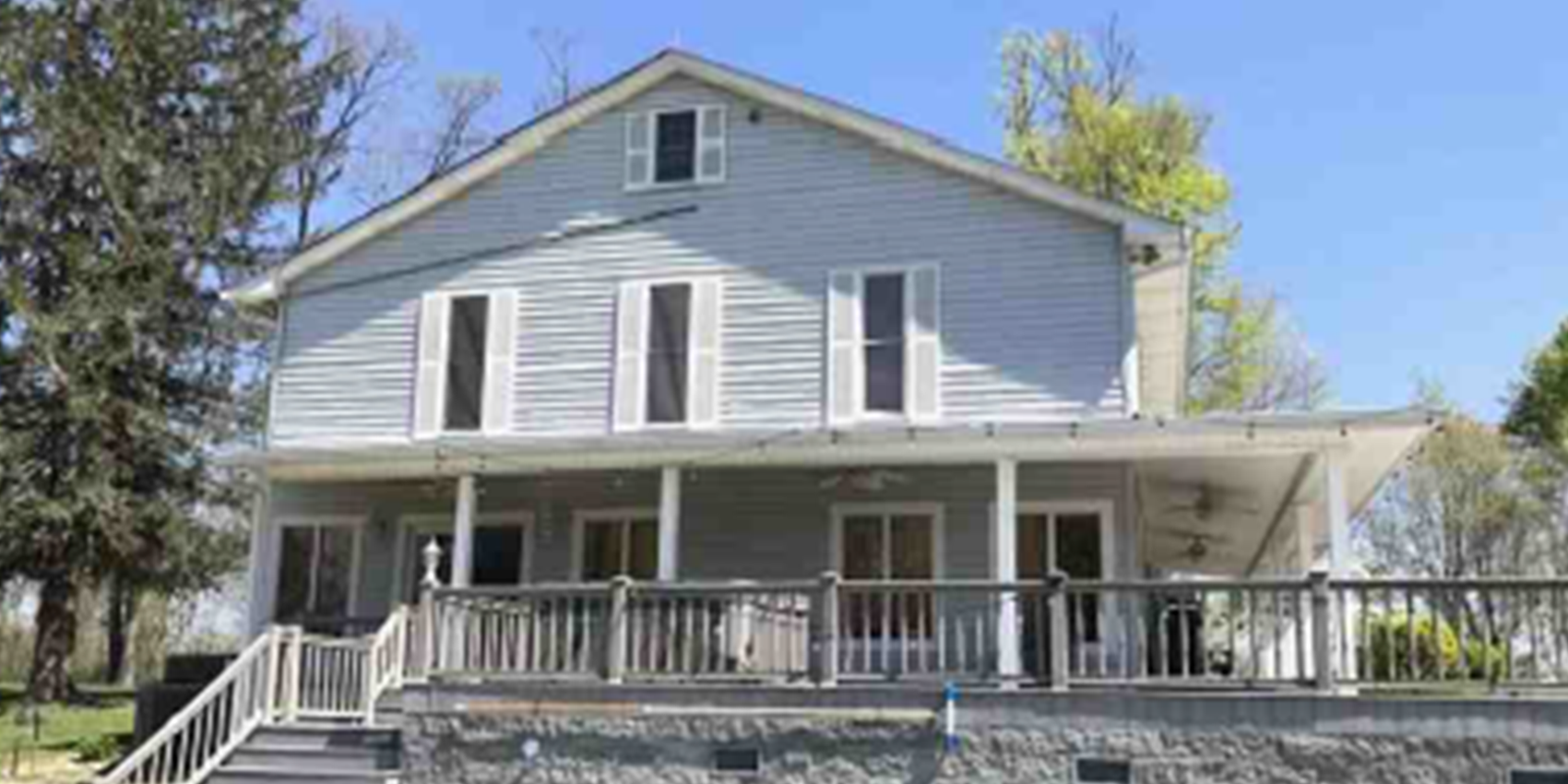Statistically, one in 12 American children suffer from asthma—that narrowing of the bronchial tubes with irritation and inflammation until coughing and wheezing occurs. Asthma comes from many places, but mostly from the environment in which we spend most of our time. Indoors.
Asthma in children is commonly caused by allergies. Exposure to dust mites, dander from dogs or cats, pollen and other environmental allergens can trigger an asthma attack. It can also be brought on by exposure to volatile organic compounds (VOC) found in your environment.

The most common sources of these compounds—found in almost every home and office building—are chemicals found in nail polish, furniture polish, wallpaper, paint, glue, carpeting, emissions from barbecues, burning candles, stoves, cigarettes, mothballs, deodorizers, glass cleaners, dishwasher detergents, floor lacquers, molded plastics, and even soap and laundry detergents.
Basically, being inside with little airflow can make you and your family sick. There’s even a name for it: sick building syndrome. The VOCs found in buildings along with other indoor pollutants can result in headaches, nausea, dizziness, dermatitis, eye irritation, cough, difficulty concentrating, muscle pain and fatigue.
It probably comes as no surprise, then, that one of the up and coming concerns—buzzwords—ideas—stemming from this is “Wellness Real Estate.” In some cases, people are more drawn to the concept of wellness than “being green.” Maybe because everyone wants to be healthy, and then after that, maybe they’ll think about being green.

Of course, designers, architects, and developers are working on how they can implement the wellness concept in new buildings and in retrofitting old ones. The latest amenity in high-end real estate is living longer, with the help of these wellness innovations.
Developers are designing buildings that have “hospital-grade” air, energizing light and pollutant-free water. They have monitors that will alert occupants if specific allergens reach a set threshold and use innovative new materials for the building itself, such as wall materials that “scrub” the air of VOC’s and trap them into inert materials. Or, how about air systems that vent chemical off-gassing from all those cleaners stored under the sink?
Wellness Real Estate has been estimated to be a $134 billion industry and is growing at a rate of 6.4% globally per year. It’s expected to reach $180 billion in just another two years (some estimates are as high as $197 billion). A recent World Health Organization study found that 80 to 90% of our health outcomes are intimately tied to where and how we live.
Designers are also looking at creating living communities that encourage more walking, more socializing, more getting to know your neighbors. Some are adding walking paths, outdoor communal areas, pools, and trees, even on top of buildings as coveted open space in cities shrinks. The reasoning is that healthfulness is not just about what you’re eating, but also about your mental wellness, your outdoor space and interactions with other people.
Outside of Atlanta is such a neighborhood, settled in the midst of 40,000 acres of forest, rimmed with walking paths, open front porches (to encourage neighbors talking to each other), bike paths, minimal parking (so one would walk more). The homes are built with wellness in mind and to that end, not one of the children living there has asthma, as reported in 2018.

Also of note is that people who are investigating wellness real estate homes are willing to pay a premium of 10 to 20% on the price of the building for these amenities. Not such a bad deal, then: wellness, green-ness, and better return on investment. In the meantime, you might want to try VOC-free paint the next time you’re upgrading the bathroom.







